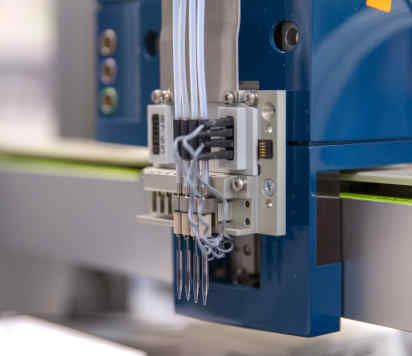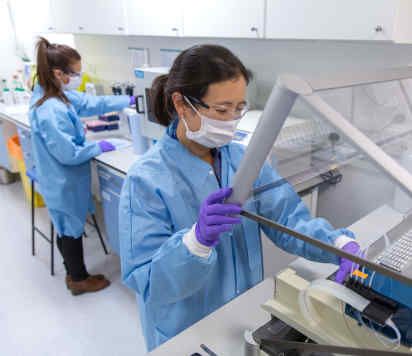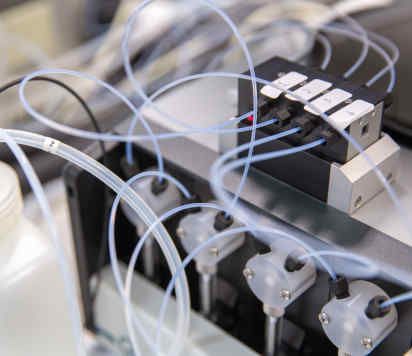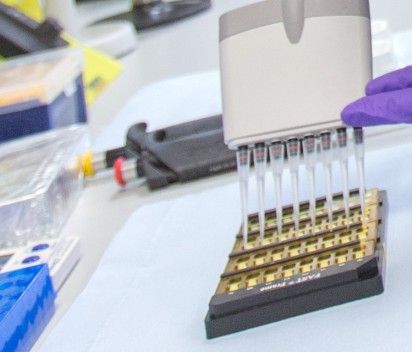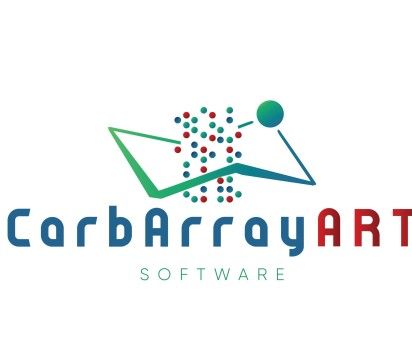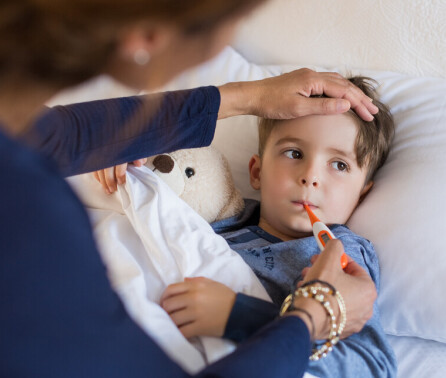BibTex format
@article{Correia:2021:10.1128/Spectrum.01826-21,
author = {Correia, VG and Trovao, F and Pinheiro, BA and Bras, JLA and Silva, LM and Nunes, C and Coimbra, MA and Liu, Y and Feizi, T and Fontes, CMGA and Mulloy, B and Chai, W and Carvalho, AL and Palma, AS},
doi = {10.1128/Spectrum.01826-21},
journal = {Microbiology Spectrum},
title = {Mapping molecular recognition of β1,3-1,4-glucans by a surface glycan-binding protein from the human gut symbiont Bacteroides ovatus},
url = {http://dx.doi.org/10.1128/Spectrum.01826-21},
volume = {9},
year = {2021}
}
RIS format (EndNote, RefMan)
TY - JOUR
AB - A multigene polysaccharide utilization locus (PUL) encoding enzymes and surface carbohydrate (glycan)-binding proteins (SGBPs) was recently identified in prominent members of Bacteroidetes in the human gut and characterized in Bacteroides ovatus. This PUL-encoded system specifically targets mixed-linkage β1,3-1,4-glucans, a group of diet-derived carbohydrates that promote a healthy microbiota and have potential as prebiotics. The BoSGBPMLG-A protein encoded by the BACOVA_2743 gene is a SusD-like protein that plays a key role in the PUL’s specificity and functionality. Here, we perform a detailed analysis of the molecular determinants underlying carbohydrate binding by BoSGBPMLG-A, combining carbohydrate microarray technology with quantitative affinity studies and a high-resolution X-ray crystallography structure of the complex of BoSGBPMLG-A with a β1,3-1,4-nonasaccharide. We demonstrate its unique binding specificity toward β1,3-1,4-gluco-oligosaccharides, with increasing binding affinities up to the octasaccharide and dependency on the number and position of β1,3 linkages. The interaction is defined by a 41-Å-long extended binding site that accommodates the oligosaccharide in a mode distinct from that of previously described bacterial β1,3-1,4-glucan-binding proteins. In addition to the shape complementarity mediated by CH-π interactions, a complex hydrogen bonding network complemented by a high number of key ordered water molecules establishes additional specific interactions with the oligosaccharide. These support the twisted conformation of the β-glucan backbone imposed by the β1,3 linkages and explain the dependency on the oligosaccharide chain length. We propose that the specificity of the PUL conferred by BoSGBPMLG-A to import long β1,3-1,4-glucan oligosaccharides to the bacterial periplasm allows Bacteroidetes to outcompete bacteria that lack this PUL for utilization of β1,3-1,4-glucans.
AU - Correia,VG
AU - Trovao,F
AU - Pinheiro,BA
AU - Bras,JLA
AU - Silva,LM
AU - Nunes,C
AU - Coimbra,MA
AU - Liu,Y
AU - Feizi,T
AU - Fontes,CMGA
AU - Mulloy,B
AU - Chai,W
AU - Carvalho,AL
AU - Palma,AS
DO - 10.1128/Spectrum.01826-21
PY - 2021///
SN - 2165-0497
TI - Mapping molecular recognition of β1,3-1,4-glucans by a surface glycan-binding protein from the human gut symbiont Bacteroides ovatus
T2 - Microbiology Spectrum
UR - http://dx.doi.org/10.1128/Spectrum.01826-21
UR - https://www.webofscience.com/api/gateway?GWVersion=2&SrcApp=PARTNER_APP&SrcAuth=LinksAMR&KeyUT=WOS:000736124700192&DestLinkType=FullRecord&DestApp=ALL_WOS&UsrCustomerID=a2bf6146997ec60c407a63945d4e92bb
UR - https://journals.asm.org/doi/10.1128/spectrum.01826-21
UR - http://hdl.handle.net/10044/1/111817
VL - 9
ER -
